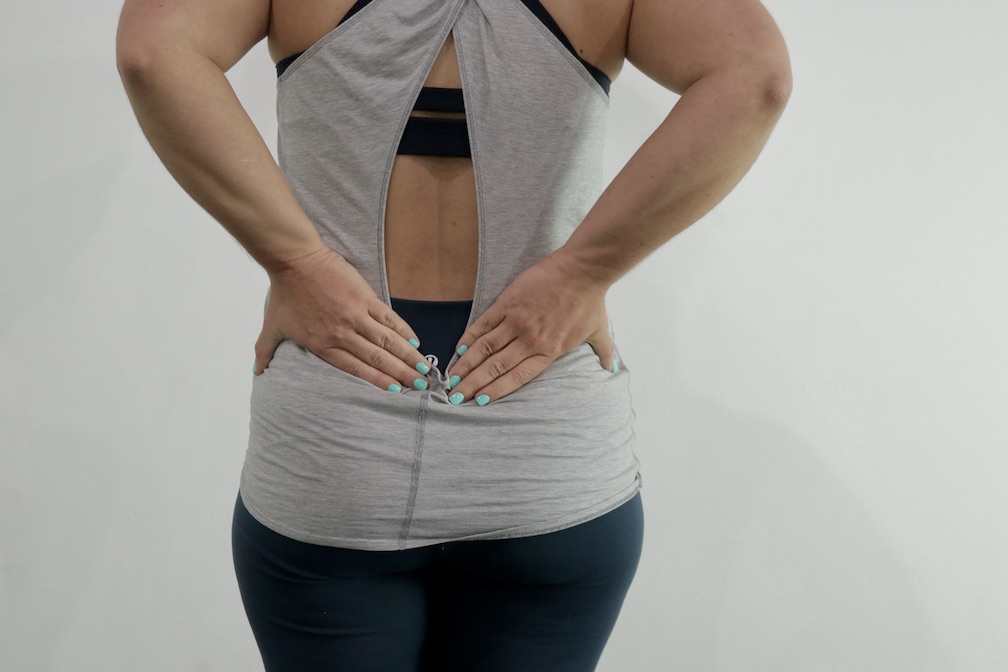Lower Back Pain In Sex Positions
Hi, I’m Sebastian.
I decided to write an article about reducing lower back pain while having sex because it’s a conversation many of my clients are too embarrassed to ask, and I am a little afraid to bring up.
The reality is, your lower back pain is not only affecting you. It could be affecting your relationship with your significant other. Relationships are hard enough without the sexual frustration creeping into the mix.
Lower back pain affects the frequency of coitus. The World Health Organization regards healthy sexual relationships as a measurement of disability and overall health. ~84% of men suffering from lower back pain reported a decrease in frequency. ~34% of women said the same. 1,2
The fear of throwing your back out after a night of sex is natural. You may not be willing to risk laying on the floor for three days for a bit of pleasure. That is an entirely reasonable way of thinking.
If this is you, you are not the only one to feel this way.
Men and women alike are less sexually active during their low back recovery journey. Even an orgasm can bring on back pain for some men and women.
Some blog articles on this subject can be a little technical, while others can be too racy. I’ll do my best to make this article as informative, classy, and entertaining as possible. If you are not over 18 years old, exit this page now!
While I will only be focusing on mechanical factors of lower back pain during sex, I’m fully aware that more aspects could be contributing to your lower back pain.
You should always be examined by a sports chiropractor, physical therapist, medical doctor, or orthopedic who is willing to take a complete medical history and perform a thorough physical exam on your spine and hips.
This process can take between 45-90 minutes in most situations.

In this article, I will cover what I have learned to work well for my clients. While sex positions can be triggers for your lower back, other positions can be painless or possibly even therapeutic.
What sex positions your spine can tolerate can be found depends on your diagnosis and the results of thorough stress testing of your spine. X-rays and MRIs do not tell us the whole story.
Contrary to popular beliefs, spooning is not the safest way to protect your lower back during intercourse.
Let’s first dive into the three common lower back situations you may fall into in their “textbook” form.
Note: Nobody is a textbook case. 🙂
Afterward, we will cover how this information can help choose a better sex position for men and women.
If you want to know more about getting rid of lower back pain, consider getting my book (free + you pay S/H) called 6 Powerful Exercises To Reduce Lower Back Pain. A Guided Framework That Will Change Your Life Forever.
Flexion Intolerant Low Back Pain
Read for men or women with lower back pain durning sex
A flexion intolerant lower back is simply that.
Your spine does not tolerate flexion/ rounding. While we can label this as a specific diagnosis, many lower back diagnoses can create flexion intolerance.
I learned of this classification terminology from reading Dr. Stuart McGill’s work years ago, which is more descriptive of what type of positions, postures, and activities would increase or decrease your lower back pain. Positions of intimacy can be assessed and paired with your spine’s tolerances.
As I mentioned before, a thorough medical history taking and physical examination can help you understand which of the three situations describes your situation.
Stuart McGill’s lay public book “Back Mechanic” is an excellent resource on more information about other ways to settle a flexion intolerant low back. The best money you can spend on a self-help lower back book!
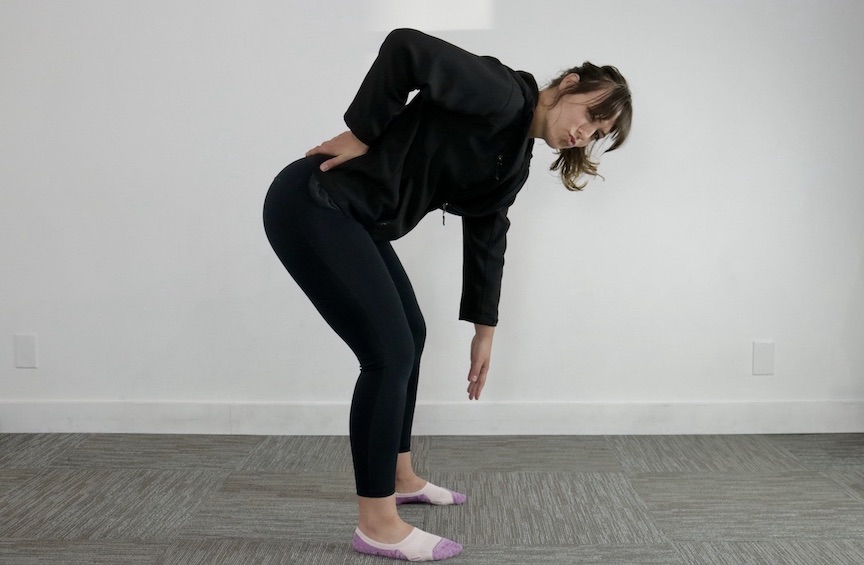
In the medical history taking, there are lots of clues that you can give a skilled medical professional that your spine does not tolerant rounding, but these are not exclusive either:
With a flexion intolerant lower back you may notice you have lower back pain with the following situations:
- More pain first hour in the morning
- Morning stiffness
- Worse with washing dishes
- Bending forward to touch your toes
- Hamstring stretching is painful
- Hard to put on shoes (in fact, you may not even tie your laces)
- Prolonged sitting hurts
- Getting up from a chair is painful
- Walking hurts the first few steps and then becomes comfortable
- Pushing shopping carts is painful
- Intense pain with coughing, sneezing, or going #2
- “Bad Posture”
- Deadlifting
- Back squatting
Activities that generally feel good are:
- Walks
- Standing
- Laying on your belly
- Laying on your stomach propped up on your elbows, as if you’re reading a book
- Computer/ laptop work on the floor on your belly
- Lying face-up on a firm bed or the ground
- Stretching your hip flexors
- “Good posture”
Flexion intolerant lower backs tend to be related to lumbar spine disc herniations, protrusions, extrusions, or prolapse.
While disc injuries can be excruciating, most of the time, surgery, medication, and injections are not required to feel better. A customized spinal rehabilitation program works exceptionally well in most situations.
A customized program with 1-on-1 coaching of exercises and activity modification is normally required for complete reduction of pain and return of full function.
Extension Intolerant Low Back
Read for men or women with lower back pain durning sex
An extension intolerant lower back is the exact opposite. Your back does not like extension or arching.
This type of back pain tends to happen after you have been flexion intolerant for a while. I believe that your body naturally tries to help you avoid rounding your back when you have a disc injury. With all choices in life, there is a risk and reward.
Avoiding a low back round reduces discogenic lower back pain. Discogenic lower back pain can be the worst pain you have ever had. It can stop you in your tracks, force you to sleep on the ground and even have to crawl about the house.
Once flexion intolerance reduces (generally after 2-3 weeks), if you continue to avoid rounding, the risk is you’ll become extension intolerant.
I have found extension intolerance occurs when you are using the bony parts of your spine for support (duck butt/ archy low back) knowingly or not, which reduces your core and hip activity.
This type of back pain is “tolerable.” People often attribute it to “age” and say they can “live with it.” Stiffness, spinal tenderness, and deep glute pain ensue.
It does not have to be the new norm unless you want it to be so. It just takes a little knowledge and works to get back to feeling like you did before you first threw out your back.
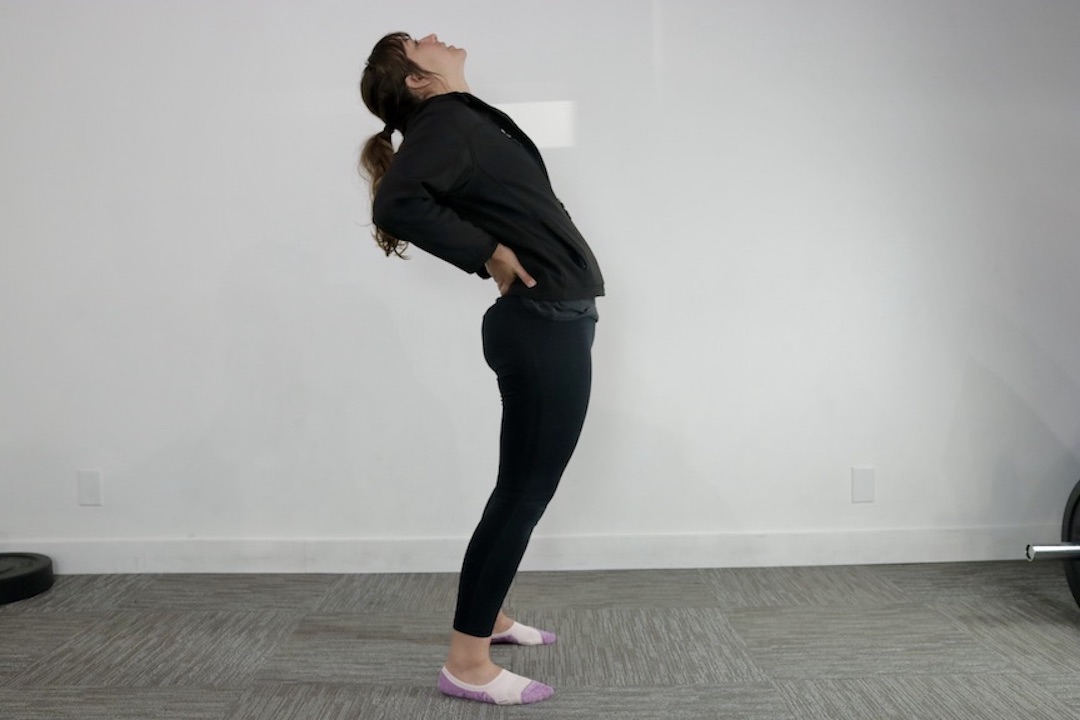
Extension intolerant low back pain is often located in the center of the lower back, but it can present with other symptoms as mentioned below:
- Pain with arching your back
- Standing in 1 position hurts
- Deep glute ache
- Pinching pain in the front of the hip
- Worse with walking
- Worse with running
- Chronic tension in the hamstrings, glutes, hip flexors, and adductors
- Laying on your belly hurts
- Sleeping on a firm mattress makes it worse
- You wake up as you a changing positions in bed
- You experience “tweaks” with twisting
- Prolonged sitting is painful no matter how “perfect” you make your posture
- Stretching your hip flexors increase pain
- Driving long distances hurt
Activities that may make an extension intolerant lower back feel better are:
- Sitting with “bad posture”
- Bring your knees to your chest
- Laying down (face up with legs up)
- Sits and crunches
- Pilates
- Stretching your hamstrings
- Yoga Forward Folds
- Yoga Child’s Pose
- Sitting in a deep comfortable Lazy-Boy chair
Extension intolerant lower backs typically result in a diagnosis consisting of an element of the posterior aspect of the spine, such as Facet Syndrome, pars fracture, or a spondylolisthesis.
Beyond 40, you may be diagnosed with facet arthritis, foraminal stenosis, central stenosis, or degenerative disc disease (DDD).
I know they all sound scary and “age-related,” but this can’t be further from the truth. If you have been diagnosed with any of these, you still have an excellent chance to feel physically capable again within weeks to months.
Sciatica
Read for men or women with lower back pain durning sex (and leg pain)
Sciatica is known as leg pain beyond the knee, which does not always couple with lower back pain. Sciatica is classified as a symptom more than a diagnosis in my mind because there are a few diagnoses that can create leg pain beyond the knee/ sciatica.
- Lumbar spine disc injury with radiculopathy
- Radiculopathy (aka pinched nerve)
- Foraminal stenosis
- Central stenosis
- Piriformis Syndrome
Many more spine conditions can also create leg pain beyond the knee, but we will not be covering them.
For the sake of this article, let’s just say sciatica is leg pain/ tingling/ numbness/ tension down the back (or side) of the thigh, which travels below the knee.
Sciatica increases as we increase the stretch on the sciatic nerve, which comes in the form of a hamstring and calf stretch.
With a flexed hip, locking the knee and ankle together creates nerve tension/ stretch.
Stretching an inflamed nerve tends to increase symptoms. Using this knowledge of sciatic triggering mechanics, we can make informed decisions about what sex positions carry the least risk for you if you suffer from sciatica.
Note: If you have leg pain that increases with rounding or arching your lower back, it would be wise to consider yourself in the flexion or extension intolerant spine groups. The only thing that changes is if your knee is locked or not.
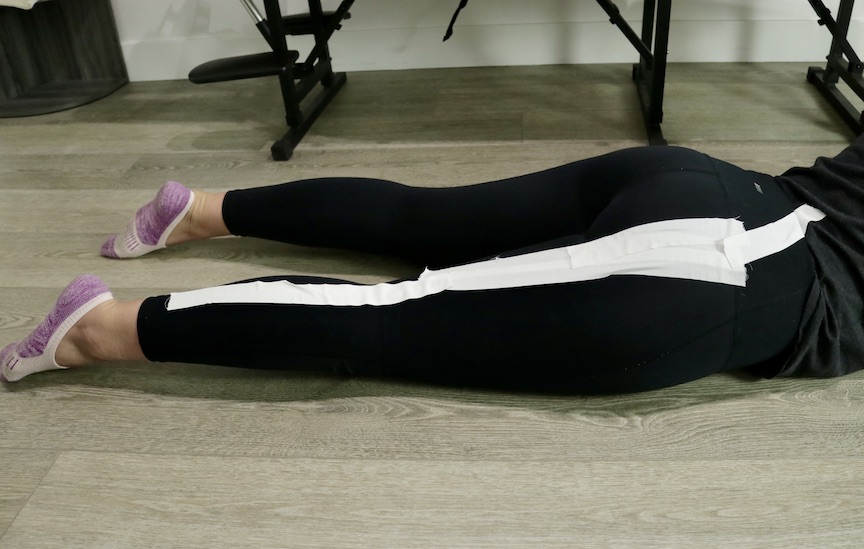
Men With Flexion Intolerant Lower Back During Sex
Modified sex positions for men having lower back pain with sex.
In 2015, an excellent little study on spinal motion with intercourse was published in a journal called Spine. You can find it here.
This study tested 5 sex positions to see the type of spinal movement that occurred with each position. Information was recorded about the male and female subjects with fancy movement analysis equipment.
Based on this information, we can make more educated suggestions to our clients about what sex positions would work best with their lower back pain.
By coupling the study findings with information we gathered in a detailed examination, you may be able to have sex tonight without the repercussions of 3 days of back pain and sciatica!
This article relates to what I have found to work clinically by the information in the research and books cited.
My apologies for any explicit wording and images. I believe in using relatable terms that the lay public can understand.
Do you have a flexion intolerant low back?
According to this study, the least aggravating position for you is via quadruped rear-entry, also known as doggie style.
The researchers tested two versions of doggie style in this study, one with the female participant on her elbows and the other using her hands as support.
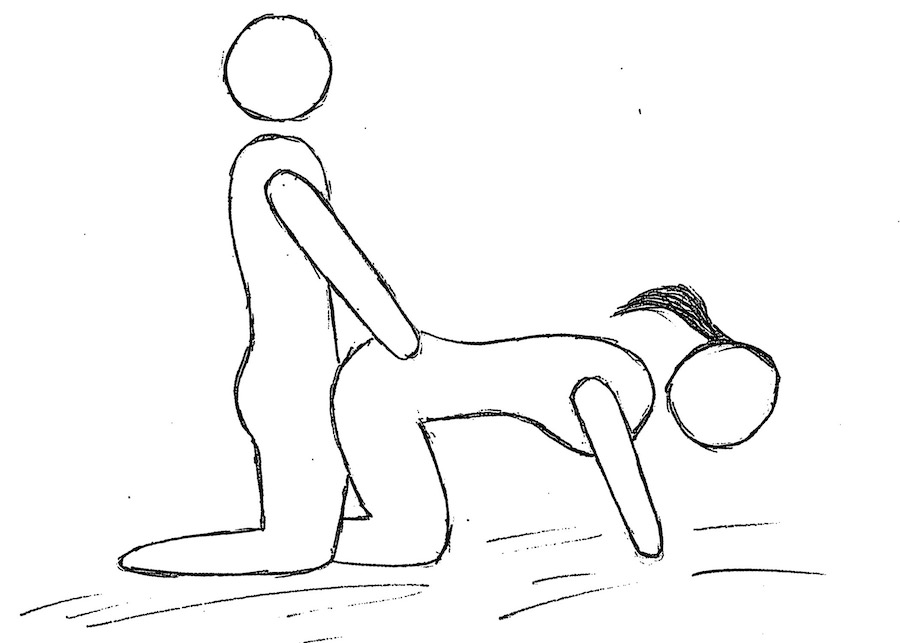
With these two sexual positions being so similar, you would think that they would result in the same pain level for the male participant, but this was untrue.
The doggie-style position that is more favorable for a man with a flexion intolerant low back was the one with the female on her elbows.
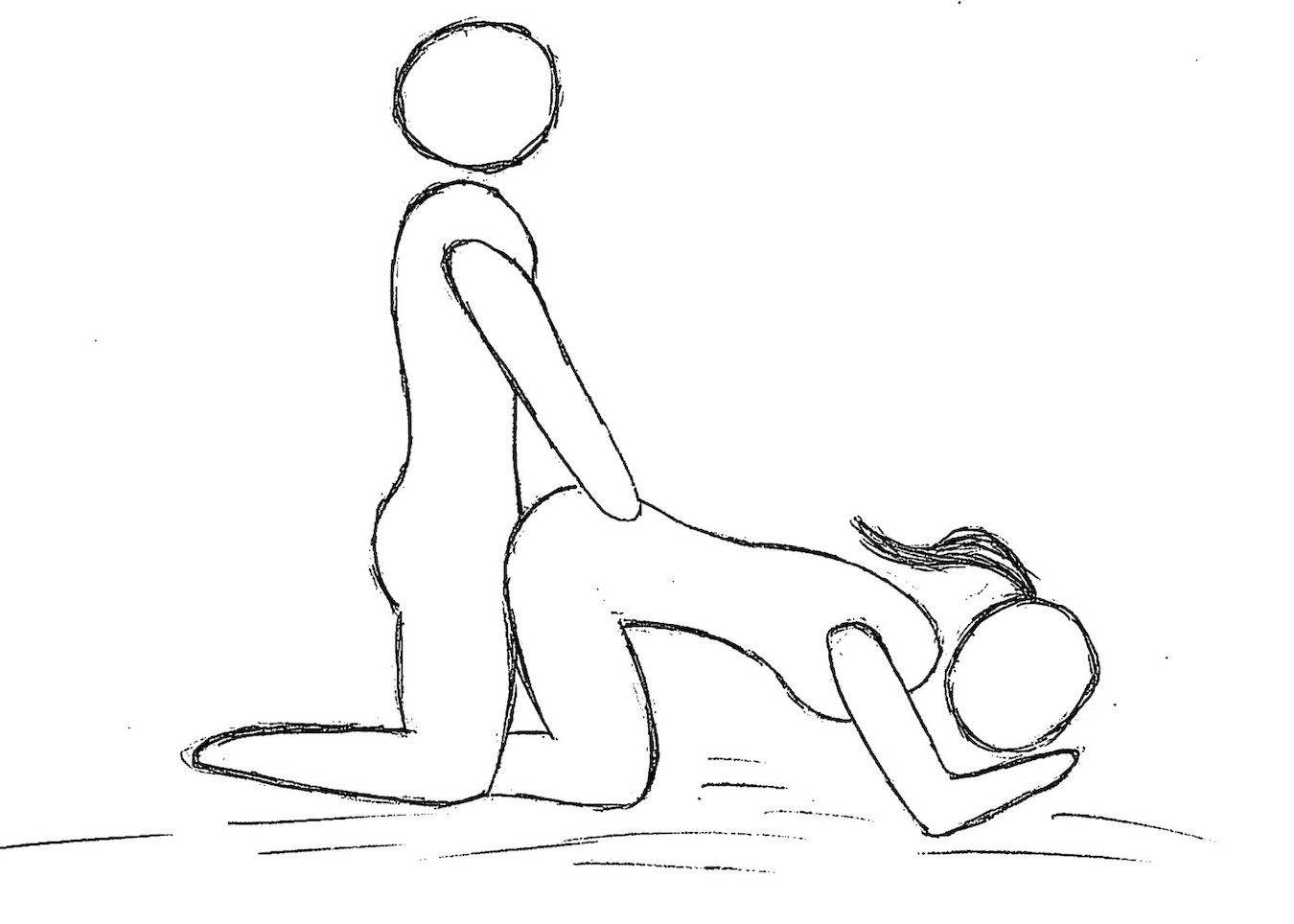
Why is the elbow support better?
This is unclear, but it does bring to light the need for communication and willingness between sexual partners.
Keeping a high quality of life while recovering from lower back pain will require communication between you and your sexual partner.
Talk with them. It may be essential to emphasize your desire is there, but your body needs some assistance in the process.
I would assume any loving partner would be happy to make accommodations to help you heal your spine.
Men With Extension Intolerant Lower Back During Sex
If you’re a man recovering from an extension intolerant spine, you have different position options than the prior group.
According to research, spooning is the best position for you. Surprise!
The second best position is one version of the missionary position when you support your upper body on your elbows (not your hands).
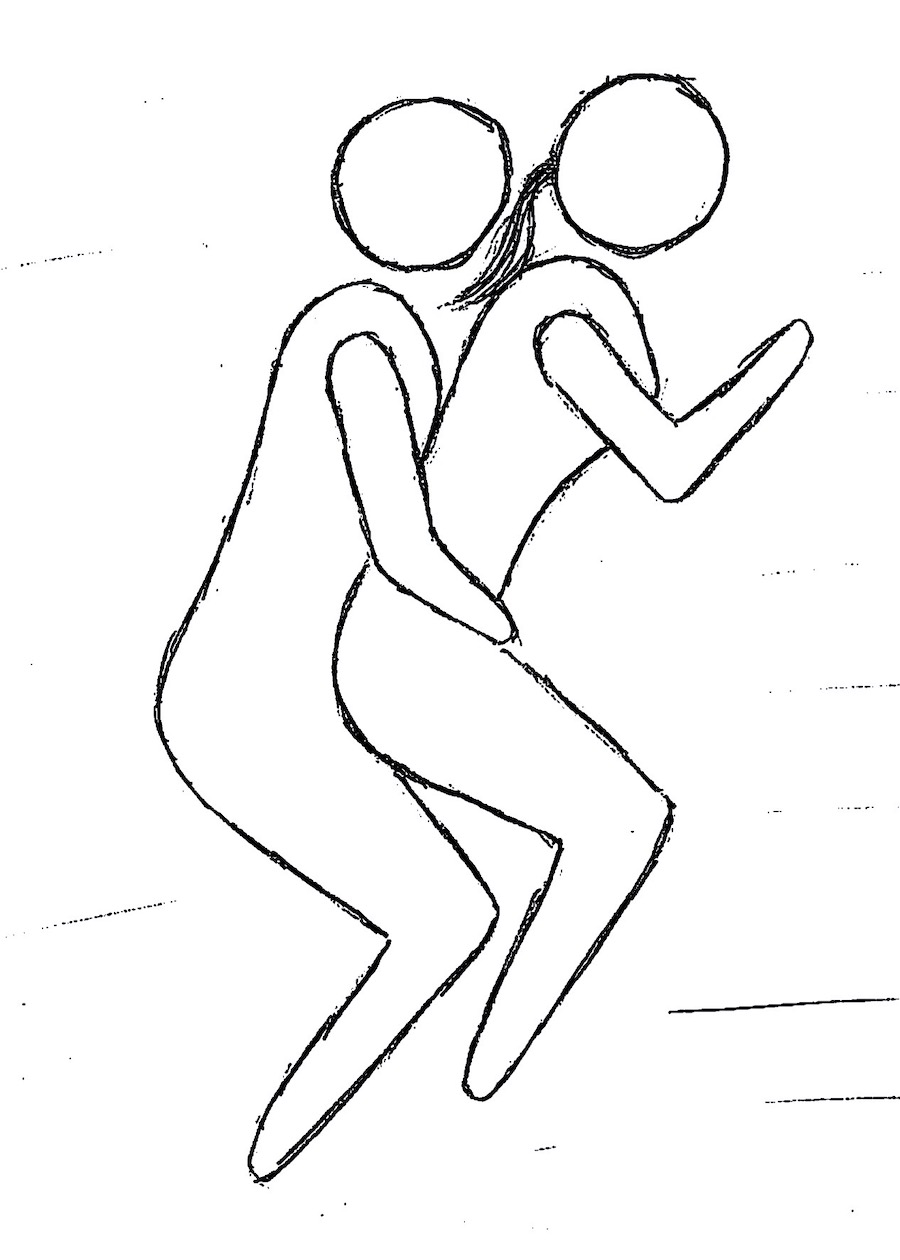
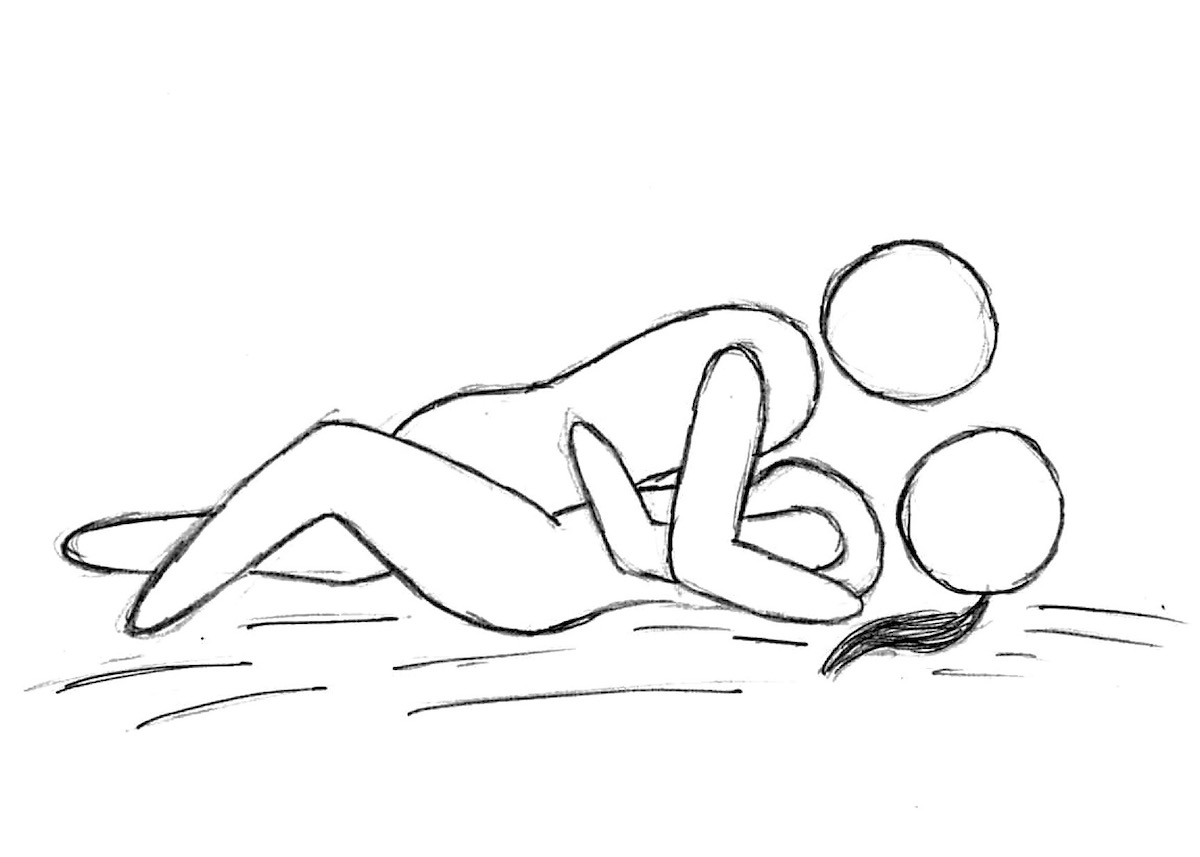
While only a few sex positions have been tested in a lab at this point, we can extrapolate what else may work for you if your low back doesn’t currently like arching.
Partner on top positions (cowgirl, reverse cowgirl, squats, etc.) may work well for you since your partner does all of the work and your lower back is flatter against the bed. Having a soft mattress may help to allow for your lower back to sag into a slightly rounded position.
Where you place your hands may be necessary as well. In a rehabilitation setting, exercises like the dead bug exercise become more challenging to keep the lower back flat while the arms are overhead.
For this reason, you may want to keep your hands on your partner’s thighs or waist to help give your core a chance to support your spine.
Having your arms over your head or behind your head creates tension on the latissimus dorsi muscles, which can create a lower back arch that your spine currently won’t like.
Another option is to get coached on your hip thrusting motion.
I know it sounds crazy, but hear me out. More hip thrusting motion, verse low back thrusting, spares the spine from moving too much in flexion and extension. Hip hinging can create exercises to shift the stress placed on the back during sex into the hips.
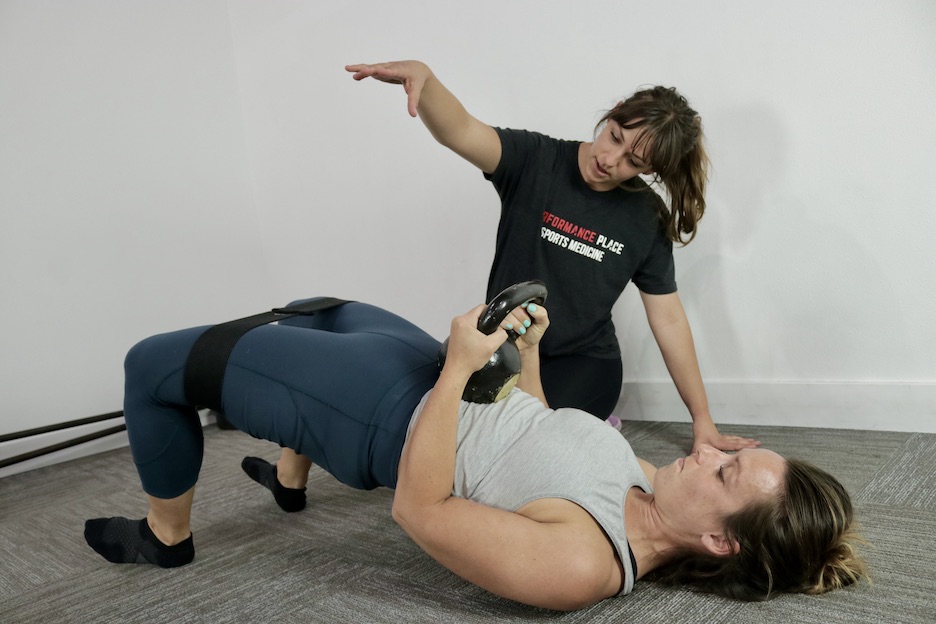
Hip hinging exercises can also be therapeutic. We have found repeatedly in our facility that Gluteus Maximus activation exercises can create an immediate reduction in lower back pain in many men and women.
We use banded bridges to the point of 70% perceived effort to create a local glute muscle stiffness that keeps the glutes active from hours to days. Glute stiffness (bodybuilding muscle pump sensation) reduces lower back pain and stiffness.
I can attest to this myself, as I, too, suffered from extension intolerance with my lower back. I had zero back pain or stiffness for three weeks doing just a single set of 70% effort glute primer and ab wall primers exercises. It was amazing!
A long session of hip-dominant sex can be a glute primer exercise, explaining why some men and women feel LESS lower back pain after intercourse!
If you experience this phenomenon, contact us! Together we can form a custom home program to make this effect a lasting one. With the right exercises and coaching, you could be closer to recovery than you’d think!
It turned out in 1999, Ice Cube & Ms. Toi were wrong in the song “You Can Do it.” With back pain becoming so prominent worldwide, perhaps we should change the song’s lyrics to “you can do it, put your HIPS into it?”
How you use your hands may serve as an excellent aid in momentarily shifting the work into the hips.
At Performance Place, we have found that core stiffness can help with shifting the workload to the hips in exercises like deadlifts, hip thrusters, back squats, and much more.
Many of our lifting cues come straight from Stu McGill Ph.D., Dan John (strength coach), and Guido van Ryssegem ATC.
Cueing the lifter’s grip on a barbell can spike core activity.
Why would hand positions and firmness of your hands in sex be any different?
While quadruped rear-entry with the receiver on their elbows (doggie style) was the most favorable for the male flexion intolerant spine, modification and coaching of this position may make it an option for the extension intolerant man.
Avoidance of doggie-style is always an option for 2-3 weeks as your rehab exercises begin to work. However, with doggie-style being one of the world’s favorite positions for men and women, modification may be the best option.
If doggie-style is so popular and ergonomically friendly, it begs why it is not just called human-style. I digress.
While it can be awkward to think about being coached on having sex without back pain, understand that the exercises in a therapy setting are not just to make you stronger. They are to make you more functional.
Consider your rehabilitation setting as a “dojo” where sports chiropractors, physical therapists, coaches, trainers, and doctors show you how to move so you can apply it to your life.
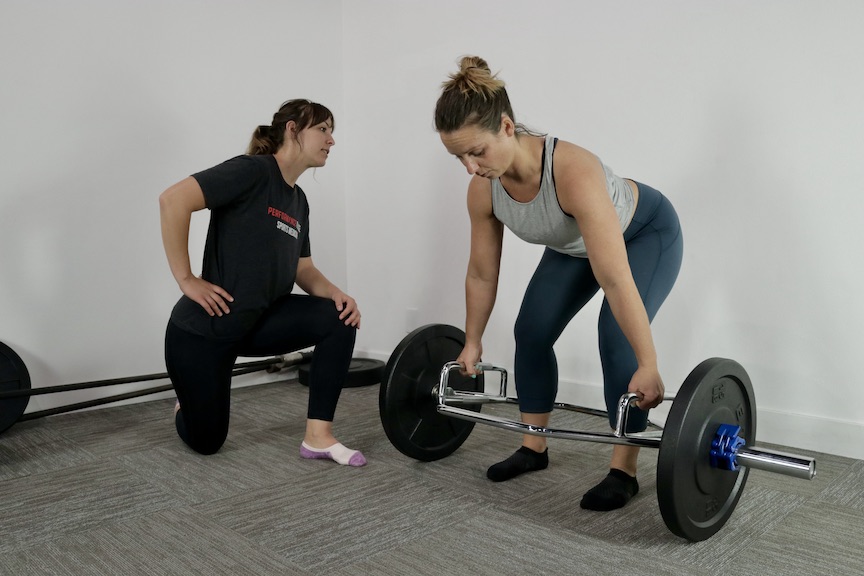
Corrective exercises help reduce pain with activities you experience in life. Not just to make you stronger. Repatterning of movements and “re-writing” of the body’s movement software is critical for complete recovery. Undoing movement compensations is VERY challenging for people to do without coaching.
How do rehabilitation exercises carry over to things you WANT to do?
- Lifting a kettlebell – helping a friend move, lifting a child, ice chest, etc.
- Box squats – learning to sit to stand pain-free, exiting your car, reading on the beach, airplane rides, etc.)
- Bridges (Sex, running, jumping, sprinting)
A good rehabilitation expert can help you with most of your goals, no matter what they are. All you have to do is present the situation and problem you are trying to solve.
Men With Sciatica
Men are lucky that they have more intercourse options available to them if they are recovering from sciatica (if not first within an extension or flexion intolerant category).
As mentioned before, pure sciatica increases as you “stretch your hamstring or calves.” The only sex position I could find that you may have trouble with is the Lotus. The Lotus position requires the man to be on the bottom in a long seated position, knees extend.
Remember I said knee locking is the key. In most other positions, men have their knees bent in some way.
Females have a more challenging time with positions when recovering from pure sciatica. We will cover those risky positions in the female section.
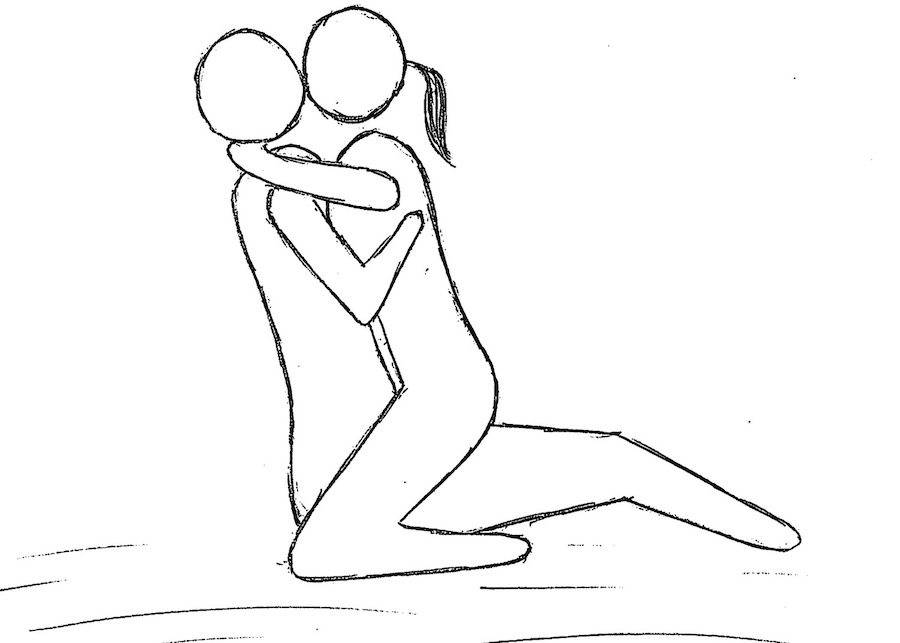
Women With Flexion Intolerant Lower Back During Sex
Modified sex positions for women having lower back pain with sex.
Ladies, if you skipped the male section, please go back and read it.
Information about spinal mechanics is included, which will be helpful in your understanding of what positions work best for you. A low back that doesn’t like rounding is a back that doesn’t like rounding, males or females.
Doggie style may be the best option, with your elbows on the ground. This position accomplishes two things.

It places your spine in an arched position. You can even increase the arch voluntarily at will!
Second, you will have a firmer base of support. Your elbows offer more support than your hands do alone.
This position can also help if you have weak wrists.
Missionary is another option yet requires some modification. Placing a lumbar support/ folded bath towel/ or bed sheets underneath your lower back can help maintain your low back curve.

As a caution, your feet need to remain on the ground in this position. Converting it to the Legs Up, Eagle, or Spread Eagle will create lower back pain rapidly.
Discuss this with your partner to ensure they know the rules of engagement.
Women With Extension Intolerant Lower Back During Sex
If you are experiencing pain with arching your lower back, you have many sex positions that should not increase your pain.
- Spooning
- Eagle
- Legs Up
- Cowgirl
- Reverse Cowgirl
Most of these should work well, but you may need to test the amplitude of your movements. Grinding motions include flexion and extension. You may need to hold back on how much low back arching motion is in your grinding action.
You may be familiar with a posterior pelvic tilt?
Using your belly during woman-on-top positions should encourage a posterior pelvic tilt, which is no different than what we teach in rehabilitation.
We find many women require some coaching on how to tilt their pelvis after child-bearing posteriorly. Like men suffering from the same back pain, priming/ activation exercises for the abdominal wall and glute muscles can be beneficial.
Additionally, if you feel like you are trying to “look skinny” during sex… don’t. Abdominal hollowing (sucking the belly button to the spine) has been inadequate to create spinal support.5
In our facility, we have found coaching people to “place their tongue on the roof of their mouth and breath through their nose” can reduce lower back pain with arching immediately in some situations.
This cue helps to eliminate the mechanics involved in hollowing. With this cue, we attempt to improve intra abdominal pressure (IAP), an essential aspect of core stability.

On that same thread, have you had urinary incontinence since giving birth? Coaching intraabdominal pressure may be a critical part of the repair of your pelvis floor. Glute function may also be a missing link.
As I mentioned before, glute priming exercises need to be at 70%+ of your perceived effort to hold. 3 sets of 10 reps won’t cut it. It will not produce lasting local stiffness.
How can your glutes help improve your pelvic floor?
Try this test. Get in the shower and start to pee. While holding stream, flex your butt cheeks so hard like you were trying to break a quarter into five nickels.
Did your stream stop?
If so, you have just proven how your glutes are linked with your pelvic floor and kegel muscle.
My thought is that hollowing/ looking thin during sex could increase your lower back within sex.
Again, an untested theoretical concept.
Later I will be discussing how the environment (bed, lighting, time of day, and partner) can change how you react during sex. Hollowing/ sucking in to appear thinner may be more prevalent during daytime or lights-on sex. I would assume vanity is less critical in the dark, leading to sex with less back pain afterward.
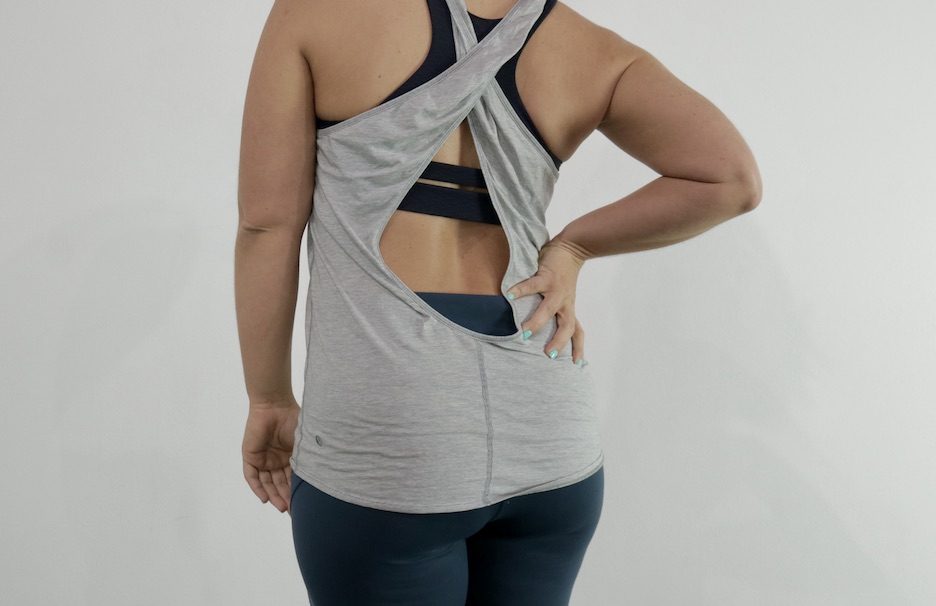
Women With Sciatica
Sex positions that women should avoid when recovering from sciatica (when not included in the flexion or extension intolerant categories) are ones that had a “hamstring stretch.”
The one that comes to mind first is The Legs Up or Spread Eagle.
My Google sex position name searches only went so far, so I could not tell you the big difference between the two, but we can all see that it looks pretty stretchy!
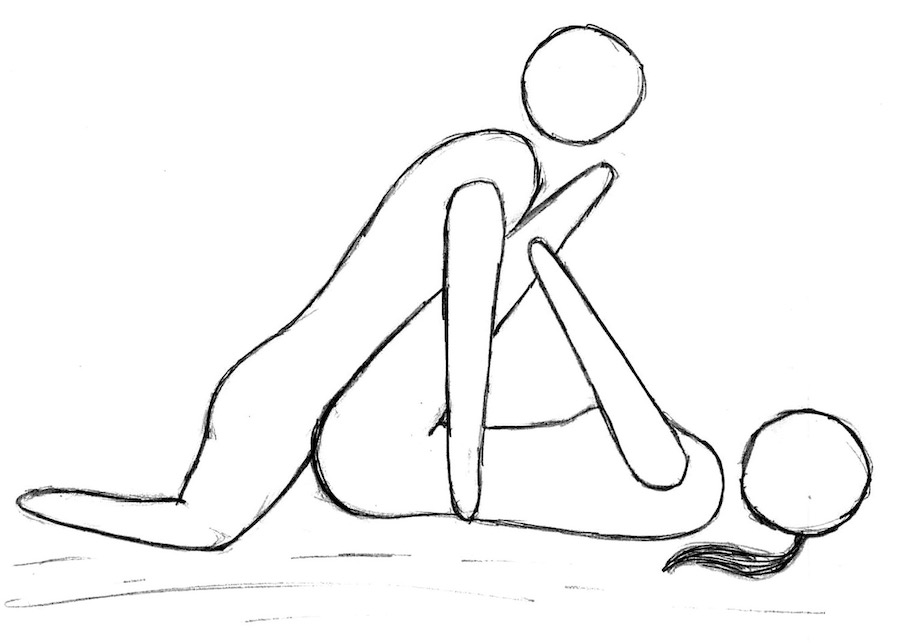
As I mentioned before, your partners could be one of the essential variables when sex positions increase your sciatica. Telling your partner not to lean on your thighs or push your knees into a stretchy position may make all the difference in the world.
If you are not willing to take the risk, modifying the Legs Up position into an Eagle (knees bent and feet on the floor) may be the best bet.
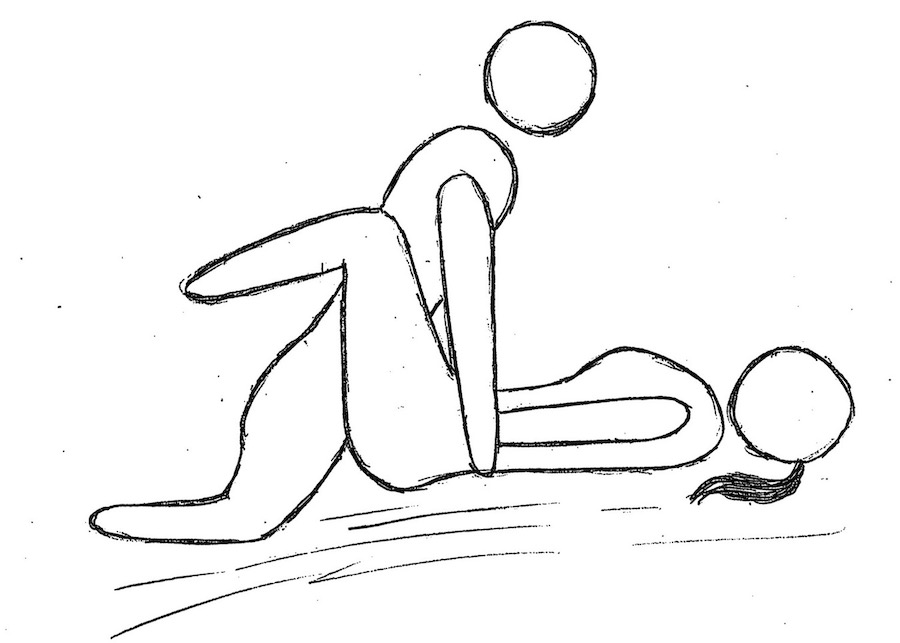
One consideration is that you will encounter more spinal motion while on top. In situations where your spine is not tolerant of lots of movement, you may want to ditch these options.
Only a thorough medical examination can tell you what your spinal tolerance is and what it doesn’t. Remember, x-rays, and MRIs do not give this information.
Lower Back Pain With Orgasm
Recent research has been conducted to help figure out why some men have lower back pain with orgasm. 4
Sorry ladies, I could not find anything on this for you yet, but I would assume the reasons could be similar based upon what I have seen.
The popular belief was that while climaxing, the muscles of the lower back tense up and create pain with those already having lower back symptoms. An increased lower back muscle activity was not observed.
Contraction of the abdominal wall and the glute muscles exceeded the lumbar spinal erector muscles. The entire core and hip area are contracting, but the glutes and abs are at the top of the list. With extension intolerant low backs, activation and priming of these muscles tend to be therapeutic.
Now we think the individuals’ unique spinal motion during orgasm could be linked more closely. Interestingly, each male participant had his unique spinal movement during orgasm.
I guess Jerry Seinfield was right. People have their personalized moves.
“He stole my move!”
My thoughts are that any person’s (man or woman) reaction to climax and orgasm could be based upon position, surrounding environment, and sexual partner. I have not found research to support this theory, but thinking logically, if you were to have sex outside, you would probably not be looking into the sun as you orgasm.
Environmental variables affect human movement.
- Ice on a sidewalk changes your stride.
- The ground on a hot summer day changes your gait differently.
- Beds, partners, temperature, location, and clothing (or lack thereof) can affect someone’s movements during sex and at completion.
Using the information you know about your back (from a detailed exam), experimentation with a willing partner may be the most straightforward suggestion.
Doggie Style
Short notes – For completeness, read the entire article.
Men with flexion intolerant low back pain – Generally ok
Men with extension intolerant low back pain – Modification required. Seek options
Men with sciatica – Generally ok
Women with flexion intolerant low back pain – Generally ok
Women with extension intolerant low back pain – Modification required. Seek options
Women with sciatica – Generally ok


Missionary
Short notes – For completeness, read the entire article.
Men with flexion intolerant low back pain – Generally ok if using hands for support
Men with extension intolerant low back pain – Generally ok if using elbows for support
Men with sciatica – Generally ok
Women with flexion intolerant low back pain – Consider a lumbar support
Women with extension intolerant low back pain – Consider flexing your knees or relax your back
Women with sciatica – Generally ok

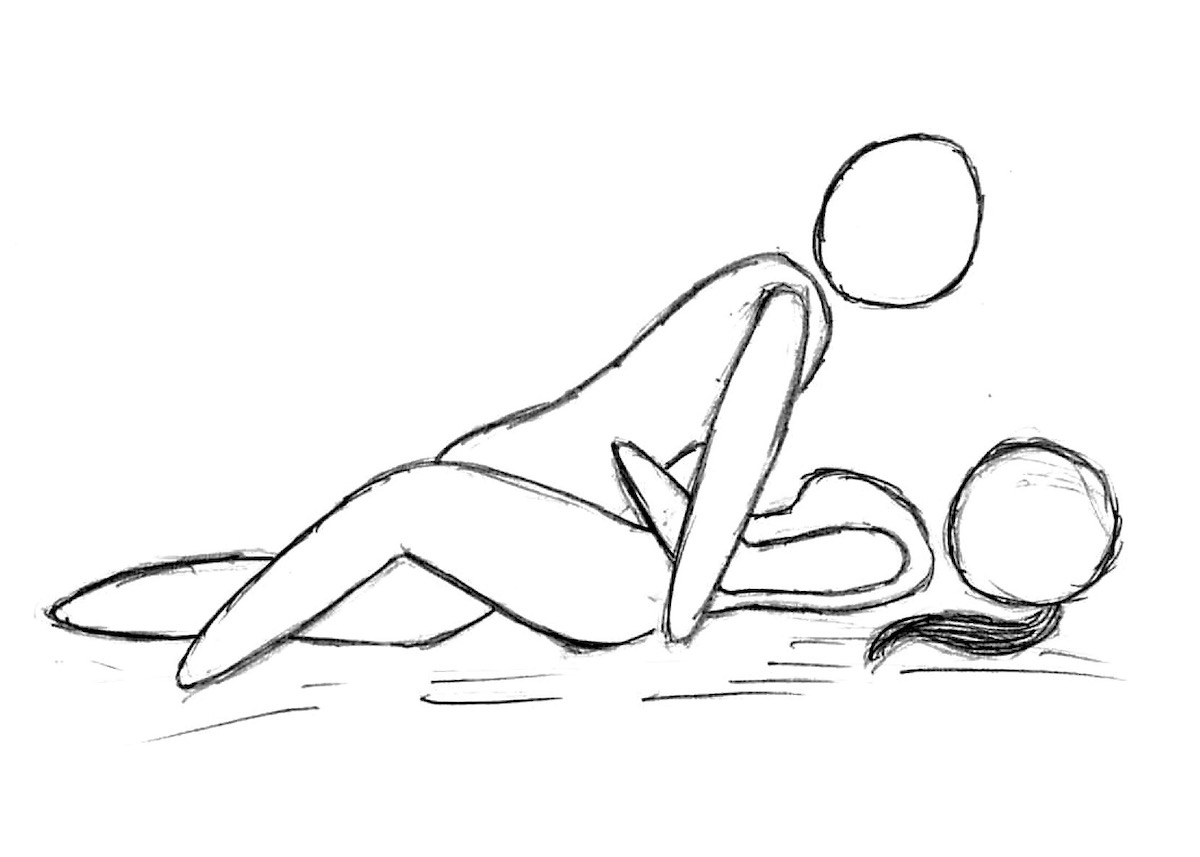
Cowgirl
Short notes – For completeness, read the entire article.
Men with flexion intolerant low back pain – Consider a lumbar support
Men with extension intolerant low back pain – Consider relaxing your back or firmly hold your partner’s hips
Men with sciatica – Generally ok
Women with flexion intolerant low back pain – Avoid
Women with extension intolerant low back pain – Generally ok, decrease arching motions
Women with sciatica – Generally ok
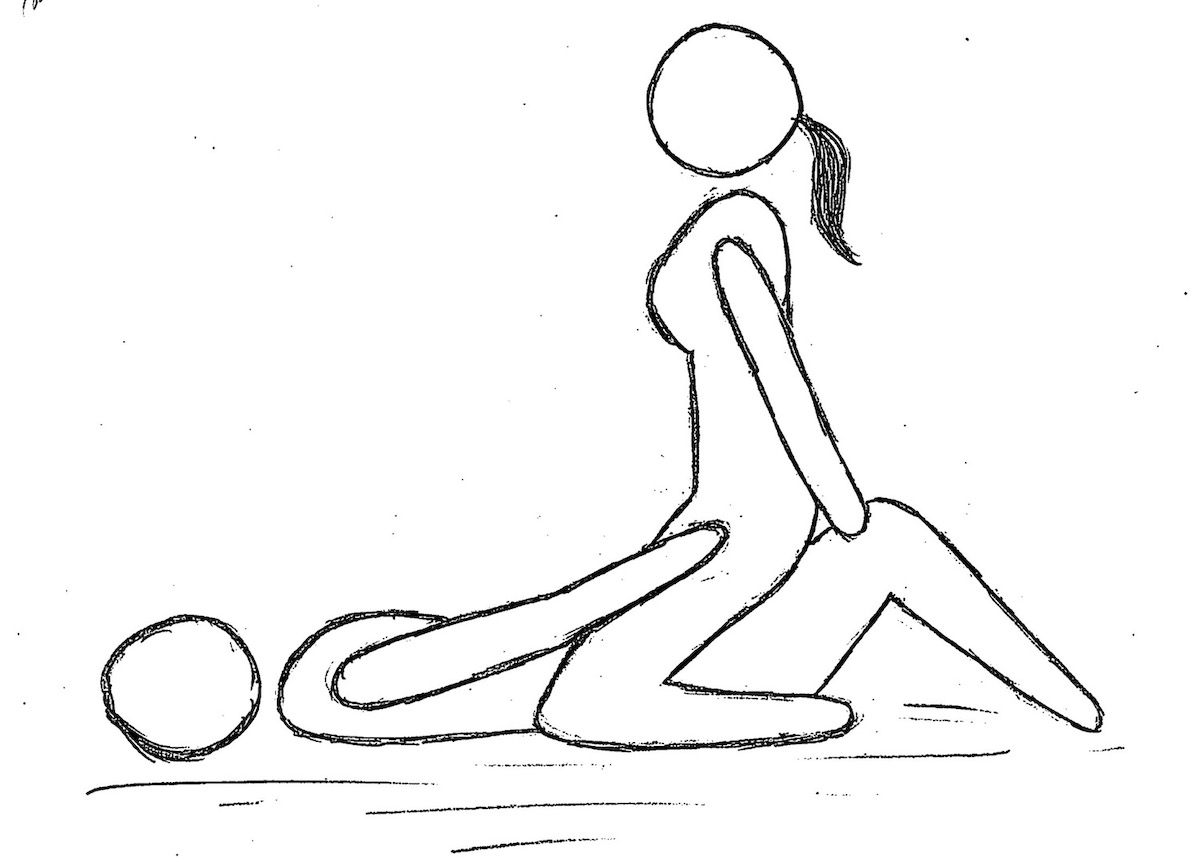
Holding Legs Up
Short notes – For completeness, read the entire article.
Men with flexion intolerant low back pain – Modification required, consider male standing at the side of the bed, while women on top of the bed
Men with extension intolerant low back pain – Generally ok if leaning on hand or elbows
Men with sciatica – Generally ok
Women with flexion intolerant low back pain – Avoid
Women with extension intolerant low back pain – Consider keeping a bend in your knees
Women with sciatica – Avoid

Spooning
Short notes – For completeness, read the entire article.
Men with flexion intolerant low back pain – Avoid
Men with extension intolerant low back pain – Generally ok
Men with sciatica – Generally ok
Women with flexion intolerant low back pain – Avoid
Women with extension intolerant low back pain – Generally ok
Women with sciatica – Generally ok

Reverse Cowgirl
Short notes – For completeness, read the entire article.
Men with flexion intolerant low back pain – Consider a lumbar support
Men with extension intolerant low back pain – Consider relaxing your back or firmly hold your partner’s hips
Men with sciatica – Generally ok
Women with flexion intolerant low back pain – Avoid
Women with extension intolerant low back pain – Generally ok, decrease arching motions
Women with sciatica – Generally ok
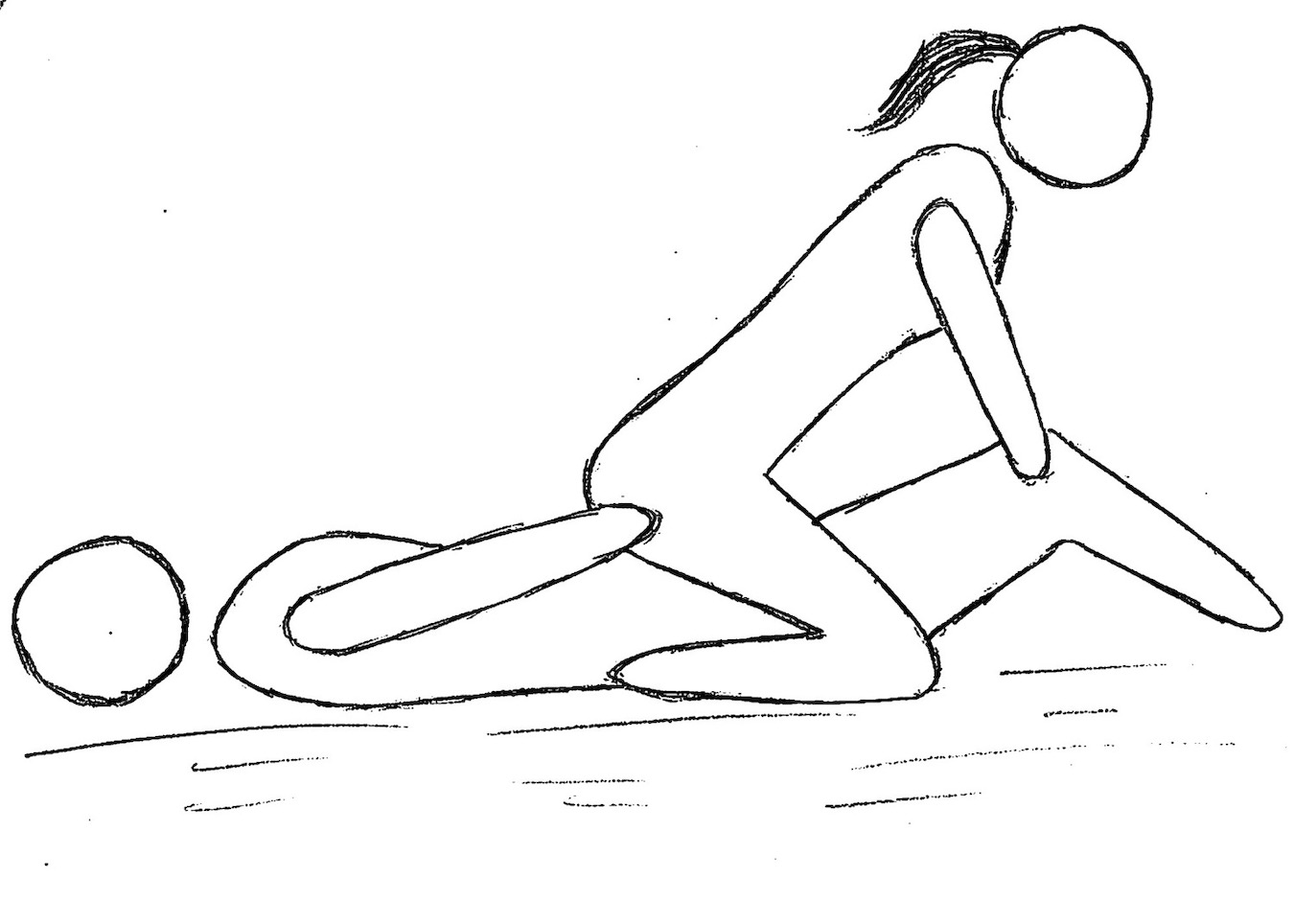
Recap
Having healthy sexual relationships is possible when recovering from lower back pain. Whether you are a man or a woman, modifications of intercourse positions are possible if you know what your spine can tolerate.
I’m Sebastian at Performance Place in Costa Mesa, CA. We specialize in low back, hip pain, and sciatica (virtually or in-person). The whole Performance Place Team, Dawne and I would love to help you out!
We would love to help you out.
Send us any questions here.
And don’t forget to get my new book 6 Powerful Exercises To Reduce Lower Back Pain. A Guided Framework That Will Change Your Life Forever.
Sebastian Gonzales DC, DACBSP®, CSCS
Costa Mesa CA

Works Cited
- https://journals.lww.com/corr/Abstract/2001/04000/Assessment_of_Sexual_Activity_in_Patients_With.14.aspx
- https://thejns.org/spine/view/journals/j-neurosurg-spine/13/5/article-p581.xml
- Male Spine Motion During Coitus
- https://uwaterloo.ca/magazine/fall-2014/features/less-pain-more-pleasure
- https://pubmed.ncbi.nlm.nih.gov/24345966/
- Podcast with Stu McGill

